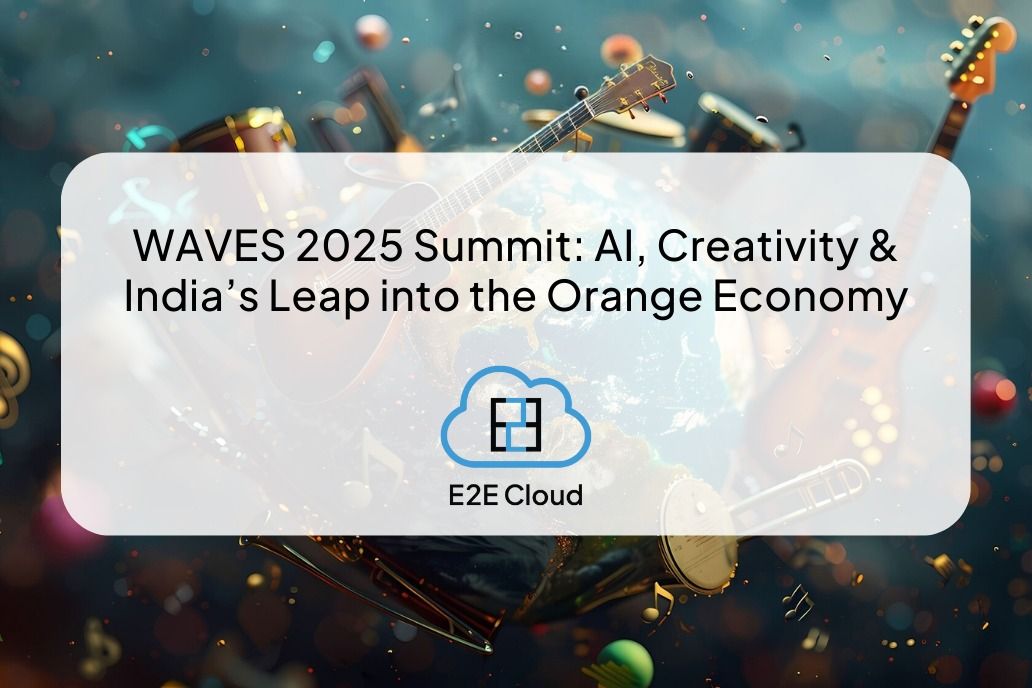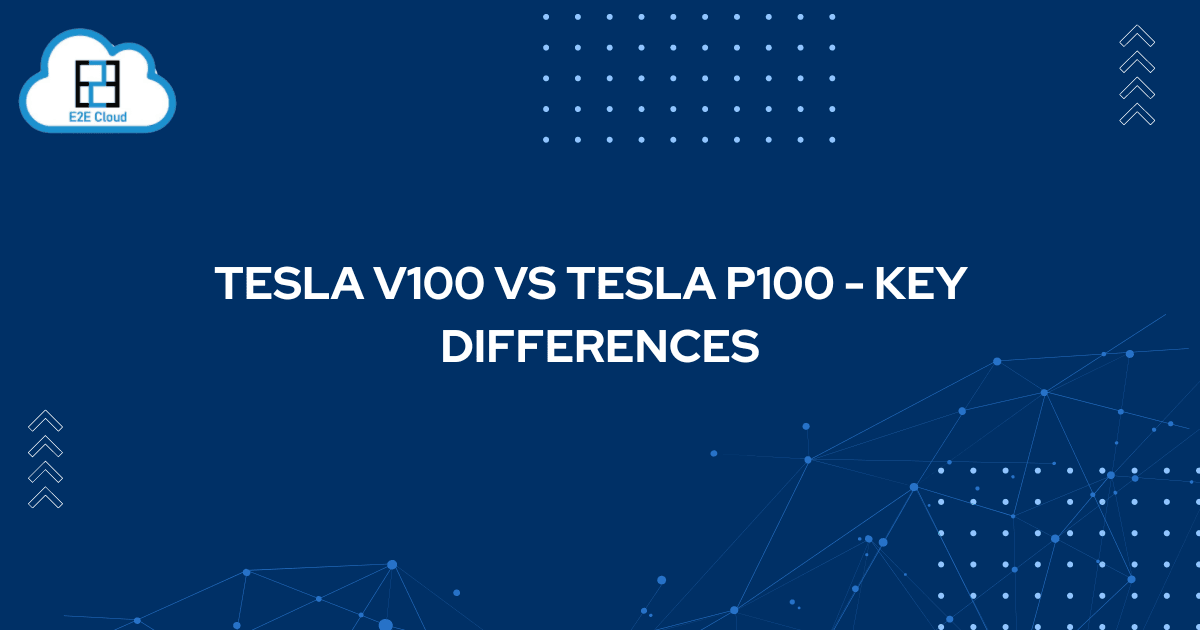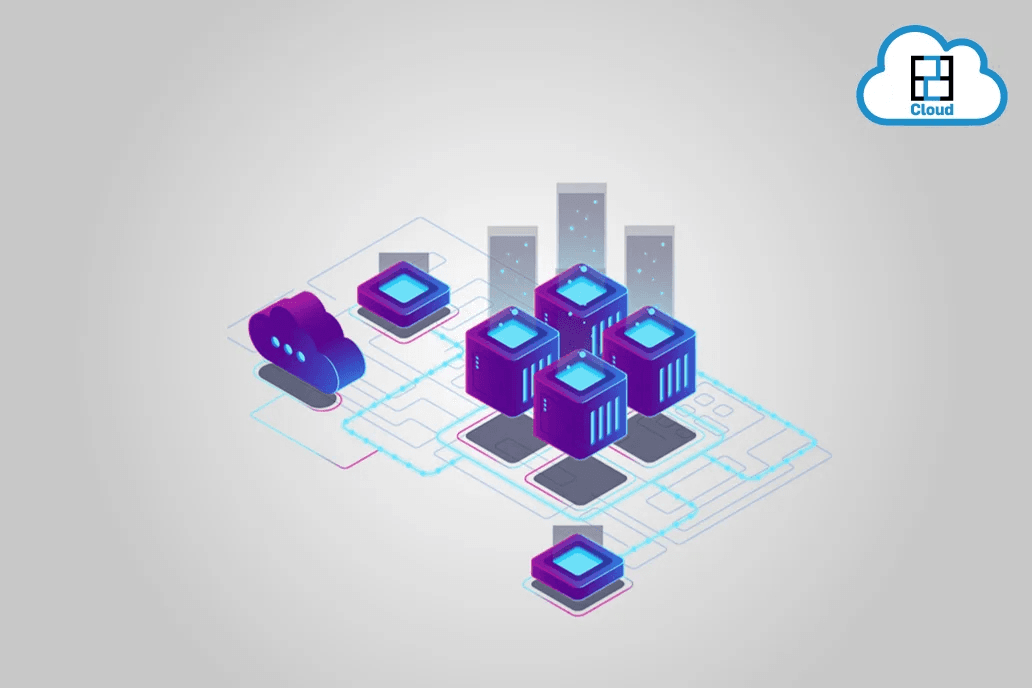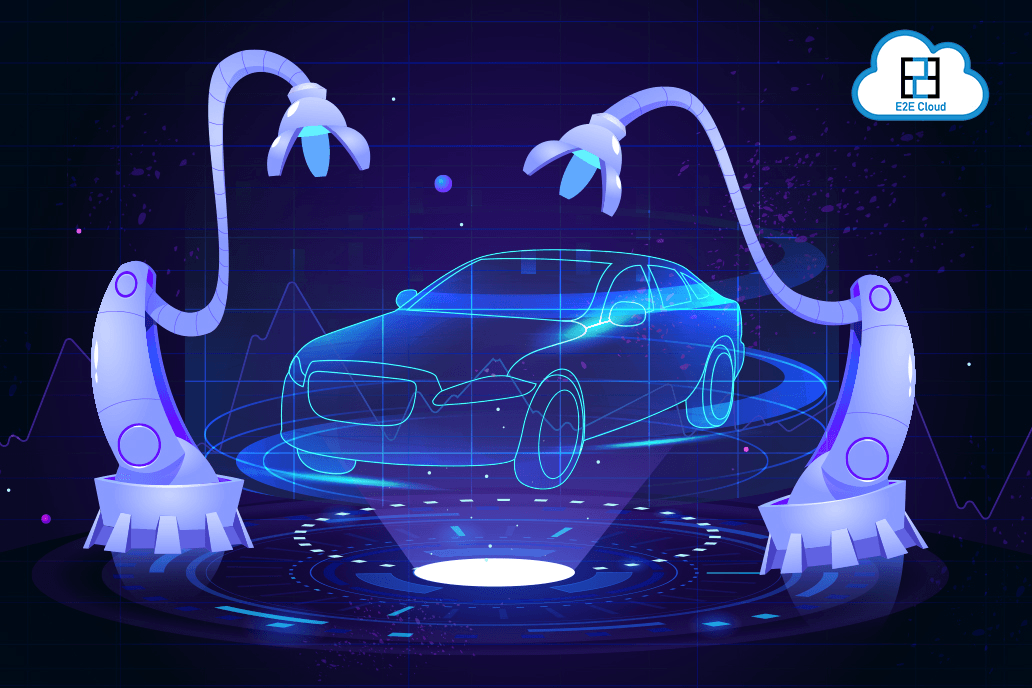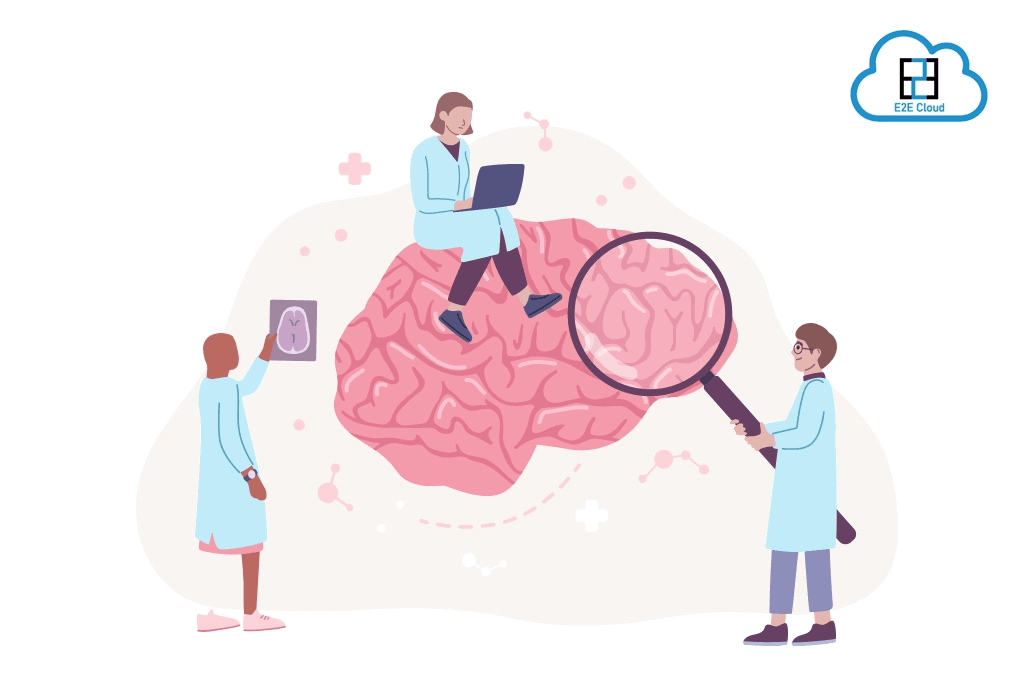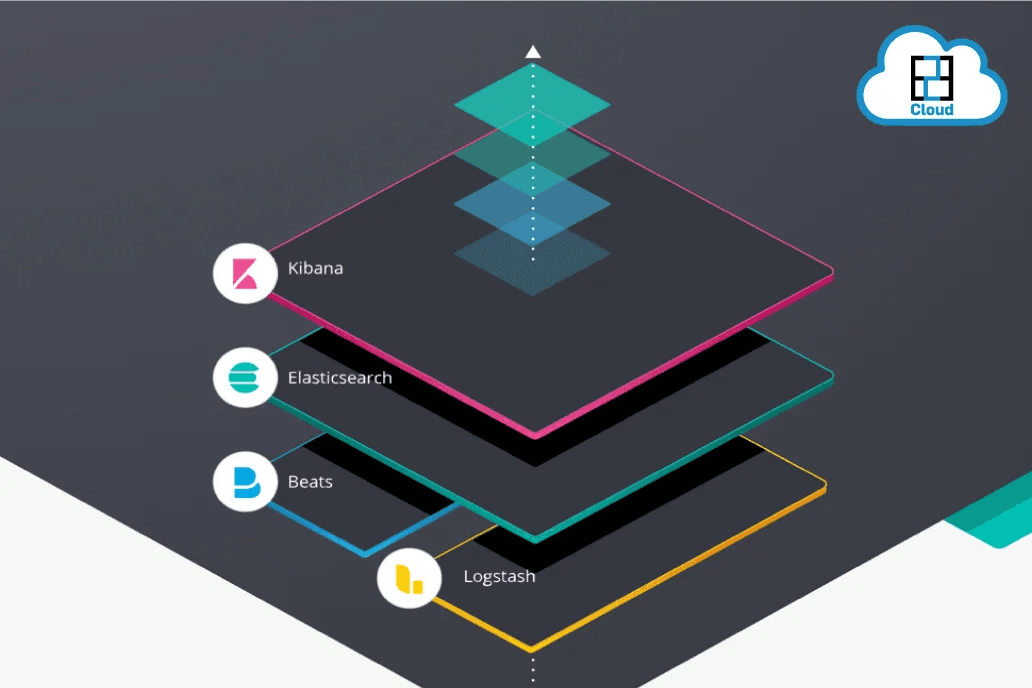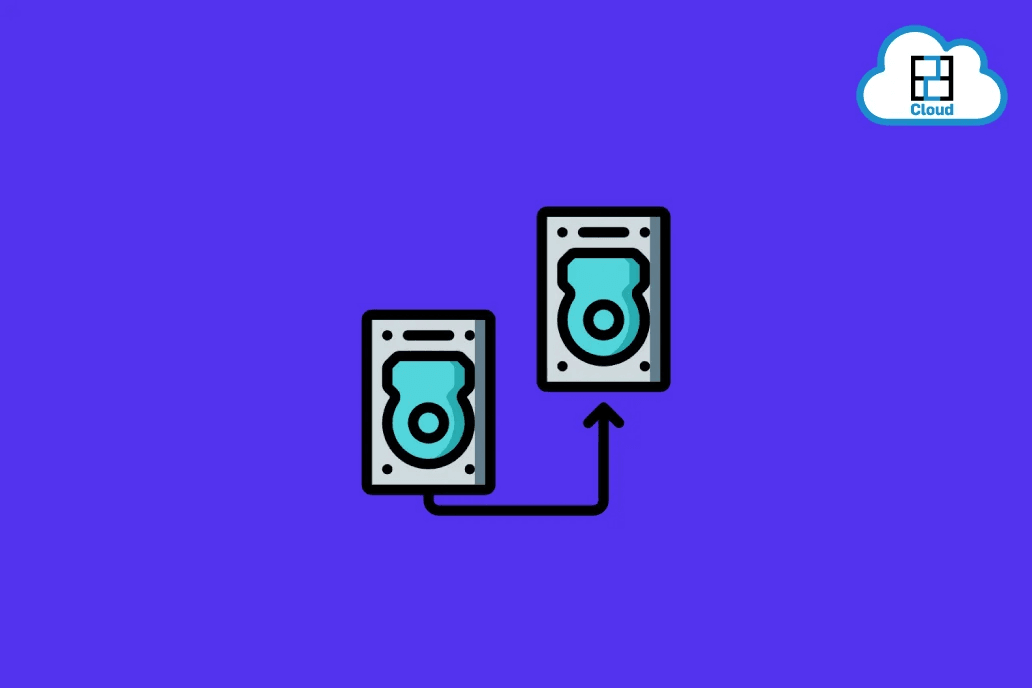MVS, or Machine Vision Systems, offers a wide range of applications in a variety of industries and may be used to automate any tedious, repetitive tasks that would tire out a human inspection or operator. Machine vision systems examine all products or parts in a process, resulting in improved yields, lower defect rates, higher quality, lower costs, and more uniformity of process outputs.
This article will go through the fundamentals of machine vision systems, such as their key components, their applications in industry, and the benefits of using them.
Machine Vision System (MVS)-
A machine vision system, in its most basic form, allows a computer to recognize and analyze pictures. It's comparable to voice recognition technology, but instead utilizes visuals. It is a branch of computer vision that is comparable to surveillance cameras but allows for automatic picture capture, assessment, and processing.
A machine vision system is often made up of digital cameras as well as image processing gear and software on the back end. The front-end camera gathers pictures from the environment or a focused item and feeds them to the processing system. The recorded pictures are either saved or processed according to the MVS design or necessity.
Machine Vision System (MVS) key components-
The following are the standard structural components of a machine vision system:
- One or more cameras
- Lighting to guarantee a clean image
- Lens
- Frame catcher
- A computer with software for image analysis and processing
- Depending on the nature of the photos being analyzed, pattern matching and other algorithms may be utilized.
- Output components might include a data display screen as well as mechanical components such as a robotic arm.
Working on Machine Vision System-
Consider a machine vision system performing a typical purpose, such as product inspection, to better understand how it works. First, the sensor determines whether or not a product is present. When a product passes through the sensor, it activates a camera to record the image and a light source to highlight essential features. The camera's image is subsequently converted into digital output by a digitizing device known as a frame-grabber, which is then saved in computer memory and may be edited and processed by software.
Computer software must execute various operations to process a picture. First, the gradient in the image is reduced to a simple black and white format. The picture is then examined by system software to find flaws and appropriate components using predefined criteria. Following image analysis, the product will either pass or fail inspection based on the machine vision system's conclusions.
Application of MVS-
Following are the common applications of Machine Vision:
#1 Identification: Machine Vision identification includes identifying a part or product to track it throughout the production or shipping process to guarantee that the proper item is created. Objects can be identified using optical character recognition (OCR) or barcodes.
#2 Counting: Counting, as the name indicates, is the use of machine vision to count items of interest.
#3 Flaw Detection: Surface faults, dents, and scratches on a product's surface are detected using flaw detection software. To distinguish "acceptable" problems from unbearable flaws, flaw detection apps must be carefully objectified. Machine vision based on artificial intelligence is ideal for these applications since occurrences teach the system rather than "rules."
#4 Print defect identification: The purpose of print defect identification is to identify printing anomalies such as incorrect color shades or missing or damaged print regions.
#5 Measurement apps: As the name implies, measuring apps are used to identify the exact size of goods by locating certain places on an image and getting geometrical measurements from it.
#6 Object detection: On the machine side object detection component innovations are providing significantly enhanced raw materials, such as a wider range of cameras utilized to produce specific image capture solutions, new lenses, complex robots, and more.
#7 Locating: Machine vision is widely used to locate objects in applications such as robotic guidance. The goal of the machine vision system is to determine the coordinates and position of a target item. Its data can pick up the item or perform any other activity that necessitates this place. The machine vision app needs the machine vision system to be taught the component of interest to recognize the part during manufacture.
Advantages of MVS-
Machine vision technologies are widely used in automation and industrial lines. Machine vision systems enable a system to reduce the amount of time individuals spend on certain jobs. This might occur during a procedure like inspection or manufacturing. By detecting problems before client receipt, the effective implementation of machine vision systems in an end-of-line setup promotes productivity and improves job output accuracy. Because machine vision may be linked to other systems, such as conveyors, it can be employed in potentially hazardous or clean areas where a person could be harmed or contaminated.
Future of Machine Vision Systems?
There are currently several options for future machine vision, and those possibilities are expanding virtually every day. The potential for new applications grows as the technology used in vision systems increases. This is evident in the sector's expansion. We believe that vision systems will increasingly be created to accomplish specific goals, rather than current systems being modified for new ones. New technologies are always being created and improved. This means that not only will machine vision be relevant to more businesses, but also the systems generated will be more adaptable and suitable to specific needs.
Machine component advancements are giving much improved raw materials, such as a greater range of cameras that may be used to build incredibly specific picture capture solutions, new lenses, complex robotics, and more.
Conclusion-
There are currently several future machine vision possibilities that are constantly expanding. As vision system technology advances, the potential for new applications grows. This is evident in the sector's expansion. New and improved technologies are continually being created. This suggests that machine vision will be increasingly relevant to more businesses and that the solutions developed will be more adaptable and adapted to specific needs.
